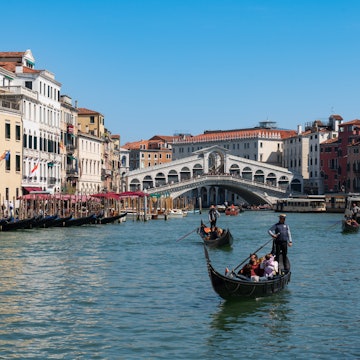

Beach at the Grettislaug Campsite in Reykhólar, Iceland. Daniel Dorsa for Lonely Planet
Iceland is famous for its spectacular nature but also for being spectacularly expensive.
You can save a buck while ticking things off your bucket list, however, no matter when you decide to visit. DIY nature exploration costs more calories than money, pools are cheaper than lagoons, and some accommodation is comfortable for your wallet without being short on comfort.
Here's how to make your krónur go further in Iceland.
Daily costs (during peak season)
Dorm bed in a hostel: 8000–10,000kr (US$66–US$83)
Basic hostel room for two: 27,000–31,000kr (US$223–US$256)
Self-catering apartment (including Airbnb): 20,000–43,000kr (US$165–US$355)
Public transport ticket in Reykjavík: 670kr (US$5.50)
Coffee: 650–800kr (US$5.40–US$6.60)
Sandwich: 650–1800kr (US$5.40–US$15)
Dinner for two: 7000–24,000kr (US$58–(US$198)
Beer/pint at the bar: 1500kr (US$12.40)
Swimming pools: 1200–1400kr (US$10–US$12)
Average daily cost per person (meals, accommodation and activities): 25,000–45,000kr (US$206–US$372)
1. Pick the right kind of flight
Iceland is a convenient transfer hub, so there are many airlines and some good deals to be found. Search engines, like Dohop or Skyscanner, can help you find a fair-priced ticket to Iceland. Peak season months include June, July and August, so fares tend to be lower during other months – but there will also be fewer flights. Travelers from London Gatwick who want to explore the wonders of the North should consider flying direct to Akureyri with EasyJet instead of going via Reykjavík.
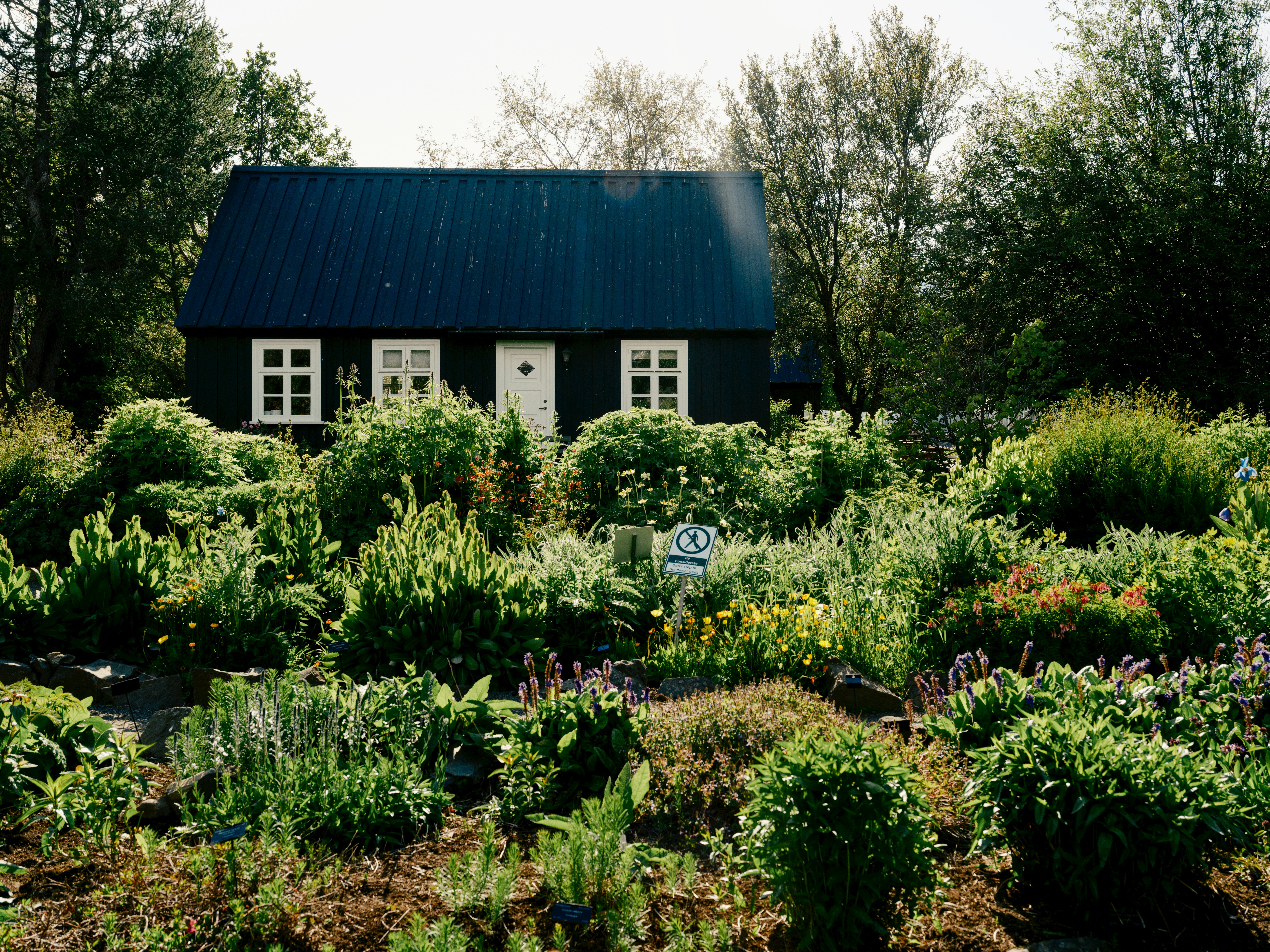
2. Choose one region and explore it well
Driving the entire Ring Road is not a must. Save money on transportation by making one region your base camp and exploring it in detail, finding more peace and quiet and possibly discovering something unexpected. One region that works well for this is Hvalfjörður, about an hour’s drive from Reykjavík, close to Þingvellir National Park and many hiking routes, such as Síldarmannagötur over to Skorradalur valley and to Glymur waterfall (open in summer, only). In the North, Eyjafjarðarsveit off Akureyri has farm-fresh food, horseback riding, quirky museums and hiking opportunities, including Mt Kerling. If you’re not set on a specific destination, you could start by finding the most economical accommodation and make it your base camp in Iceland.
3. Consider budget hostels or farm stays
There are 18 HI (Hostelling International) hostels around Iceland, from hip urban settings to the middle of nowhere. The rooms are typically double or twin with shared bathrooms and kitchen facilities. The rate varies but is often around 20,000kr (US$165) per night for a double room in the shoulder season and 30,000kr (US$248) in the summer. You can find lower rates in the off-season, though some hostels close then. Also check out KEX Hostel in Reykjavík, Backpackers in Akureyri and Tehúsið in Egilsstaðir, as well as farm stays, where you can learn about Icelandic rural realities while enjoying nature.
4. Stay at a boarding school turned hotel in summer
Open in summer only, the Edda hotels (now part of the Iceland Hotel Collection by Berjaya) accommodate students the rest of the year. There are two: one in Akureyri in the North and one near Egilsstaðir in the East. You can get a double room with shared bathroom facilities for under 20,000kr (US$165) in Akureyri. Both hotels are centrally located in each respective region and make for a good base for exploring nearby attractions.
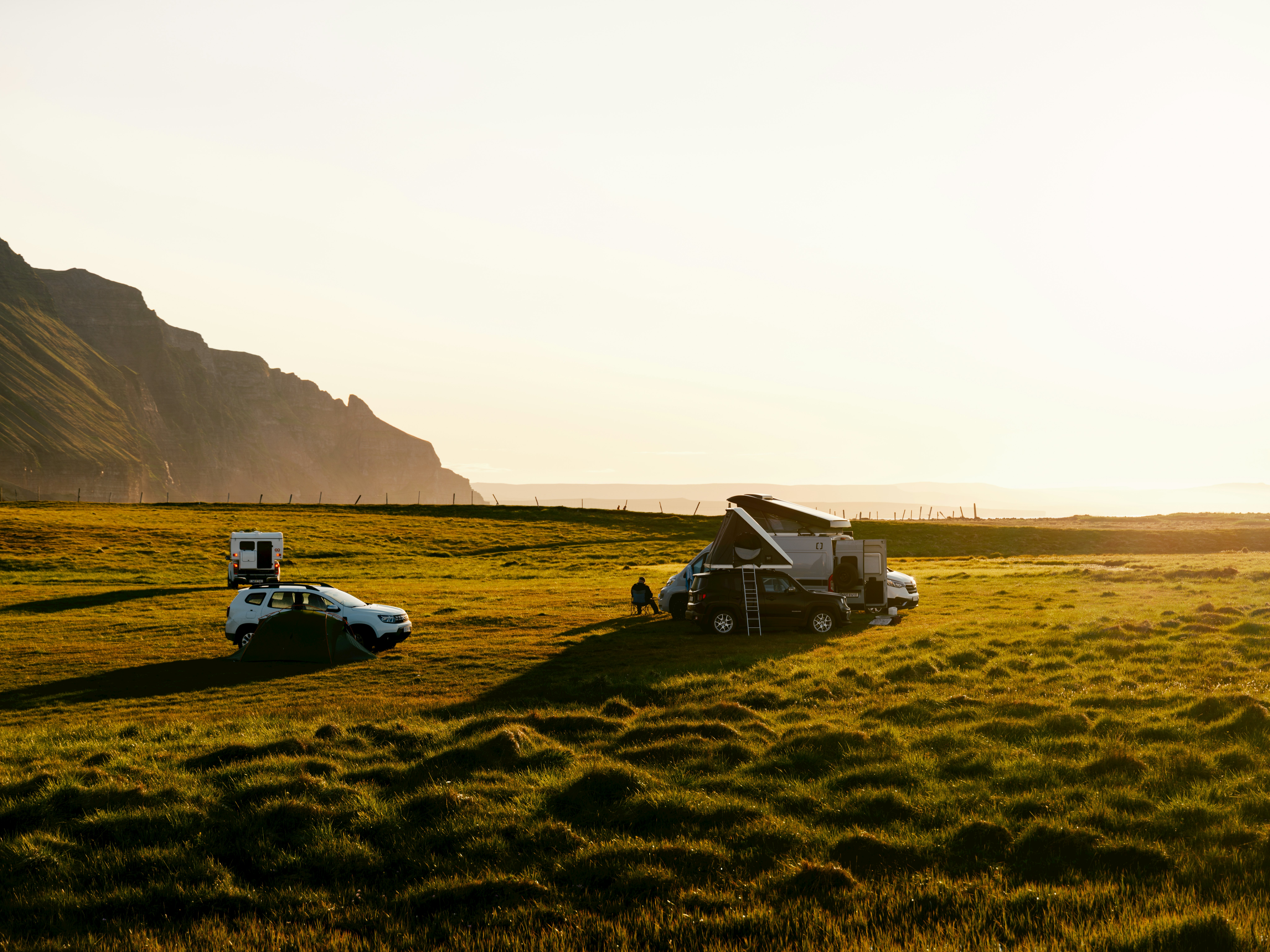
5. Hire an RV for a road trip
If you’re planning a road trip, why not bring your bed? Hiring a camper or RV gives you increased flexibility. A two-person campervan costs around 17,000kr (US$140) per day during peak season, but prices sometimes drop to as little as 7500kr (US$62) per night at other seasons. Two of the most popular companies are CampEasy and Indie Campers. However, you are required to stay at campsites overnight and pay the same rate as other campers. Note also that not all campsites are open year-round.
6. Rent a summer house for your group
Icelanders love countryside breaks in cottages, or summer houses as they’re known, in every season. Many families have their own or rent one from their labor union, but it’s also possible to rent a cottage as a visitor – there are more than 500 – a good option for larger families or groups. For a mini cottage experience, try camping pods.
7. Look for last-minute deals or home swaps
If you’re OK with being spontaneous, it could pay off to browse booking pages like Hotels.com or Booking.com. Sometimes a good deal pops up last-minute due to cancellations, which you can jump at if the timing fits your schedule. Airbnb is an option, too, with a range of rooms to villas at a great price range. Icelanders are avid travelers themselves, so if you're up for trading homes and even vehicles, try sites like Homelink and Intervac.

8. Embrace the elements in Iceland's national parks
Bring a tent and sleep at one of Iceland’s many campsites. Some of them are located in nature reserves or national parks, such as Skaftafell and Ásbyrgi in Vatnajökull National Park, and Þórsmörk, a forested oasis in the southern highlands. National parks have free entrance and some of the most beautiful campsites, with costs around 2000kr (US$16.50) per adult per night. You can also rent a tent for as little as 1050kr (US$9) per night. Keep in mind that nights are chilly, even during the height of summer, so bring warm clothing and blankets. In other seasons, camping is for hardened adventurers only.
9. Buy a Reykjavík City Card
The capital has a lot to offer, and you can experience it all with the Reykjavík City Card. The 24-, 48- or 72-hour card gives you access to a large selection of museums and galleries, every swimming pool in Reykjavík, the Family Park and Zoo. It also functions as a bus ticket and includes various discounts. A 24-hour card costs 5500kr (US$45), which quickly pays off when you're sightseeing in the capital. You can even use it for the ferry to Viðey island and the bus to Mt Esja, popular for hiking.
10. Reserve eating out for special occasions
To save money, avoid cafés and restaurants and buy food at supermarkets (Bónus, Krónan and Nettó are the least expensive). Make lunch packs, have picnics, and if you have access to a kitchen, cook your own dinner. For alcohol, go to the state-run wine store or plan ahead and save money at duty-free. If you do want to eat out, you can sometimes find good deals, especially for lunch. For example, you can get the fish of the day and a soft drink at Slippbarinn, Reykjavík Marina, for 2900kr (US$24). Also, most bars have happy hour.
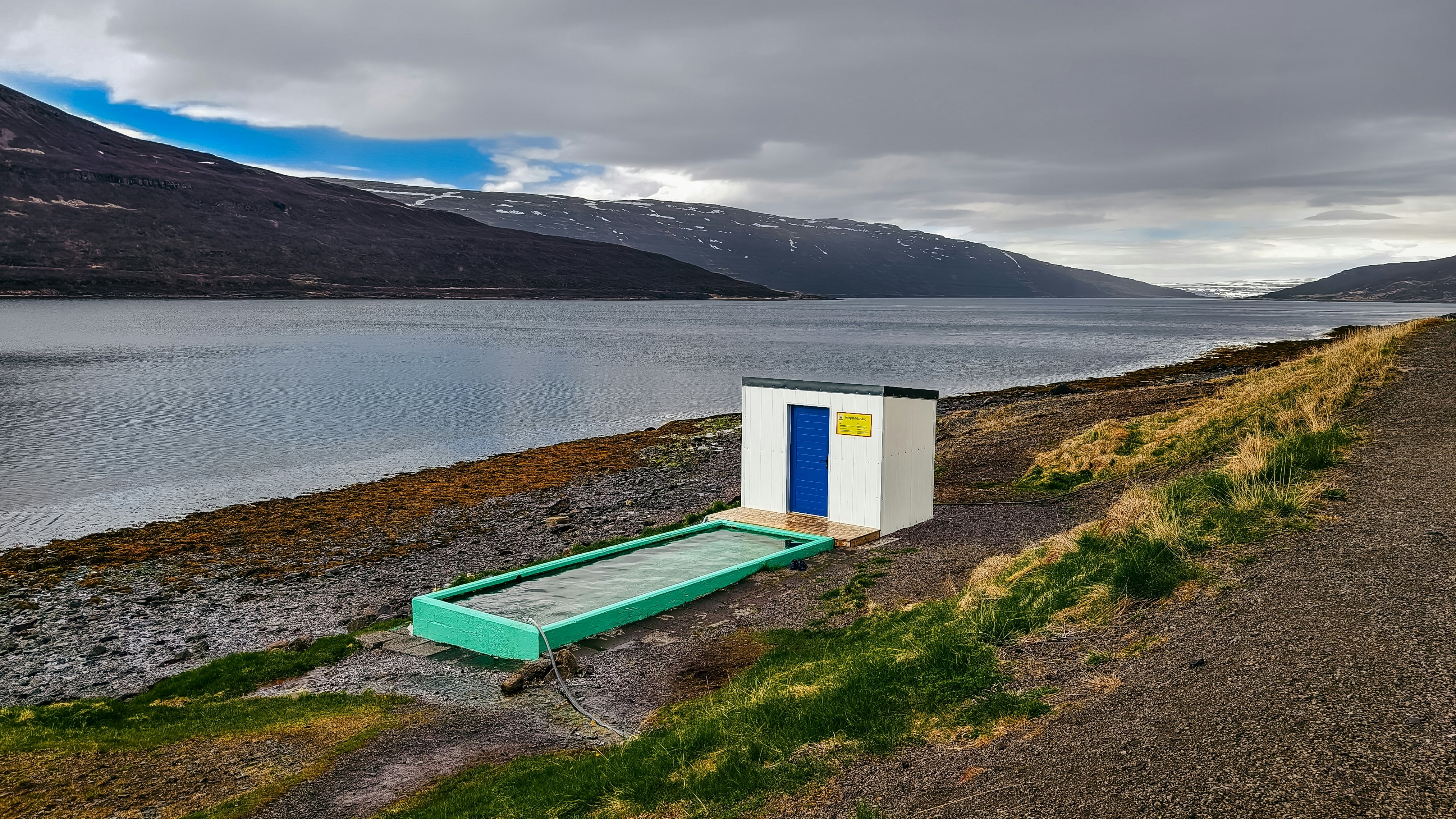
11. Soak up Icelandic bathing culture as Icelanders do
Bathing doesn’t have to leave your finances feeling blue. Taking a dip in a chic spa bath costs around 7000kr (US$58) but roughly 1000kr (US$8) in a public pool – and children often swim for free. There are typically slides and always a hot tub. This is where the locals go, so it’s more of a proper Icelandic experience. Beachside hot tubs, popular among sea swimmers, are also an economical choice. These include Nauthólsvík in Reykjavík, Guðlaug in Akranes, Drangsnes in the Westfjords, and Hauganes in the North.
12. Weigh the cost of bus fares vs car hire and rideshares
Check bus routes for the Reykjavík area on Straeto and consider getting a Klapp card. You can, for example, buy a 24-hour pass for 2650kr (US$22) or a 10-ride pass for 6700kr (US$55). Children 11 years and younger ride the bus for free.
If you’re traveling in a group, bus fares quickly add up, so it can be cheaper to share a taxi, including from Keflavík Airport. Hreyfill is one of the larger taxi providers. Also compare prices from car rentals, which are usually lower during the off season, and car sharing. You can also rent a bike or a scooter. In Akureyri, public buses are free, and most other places are small enough to explore on foot.
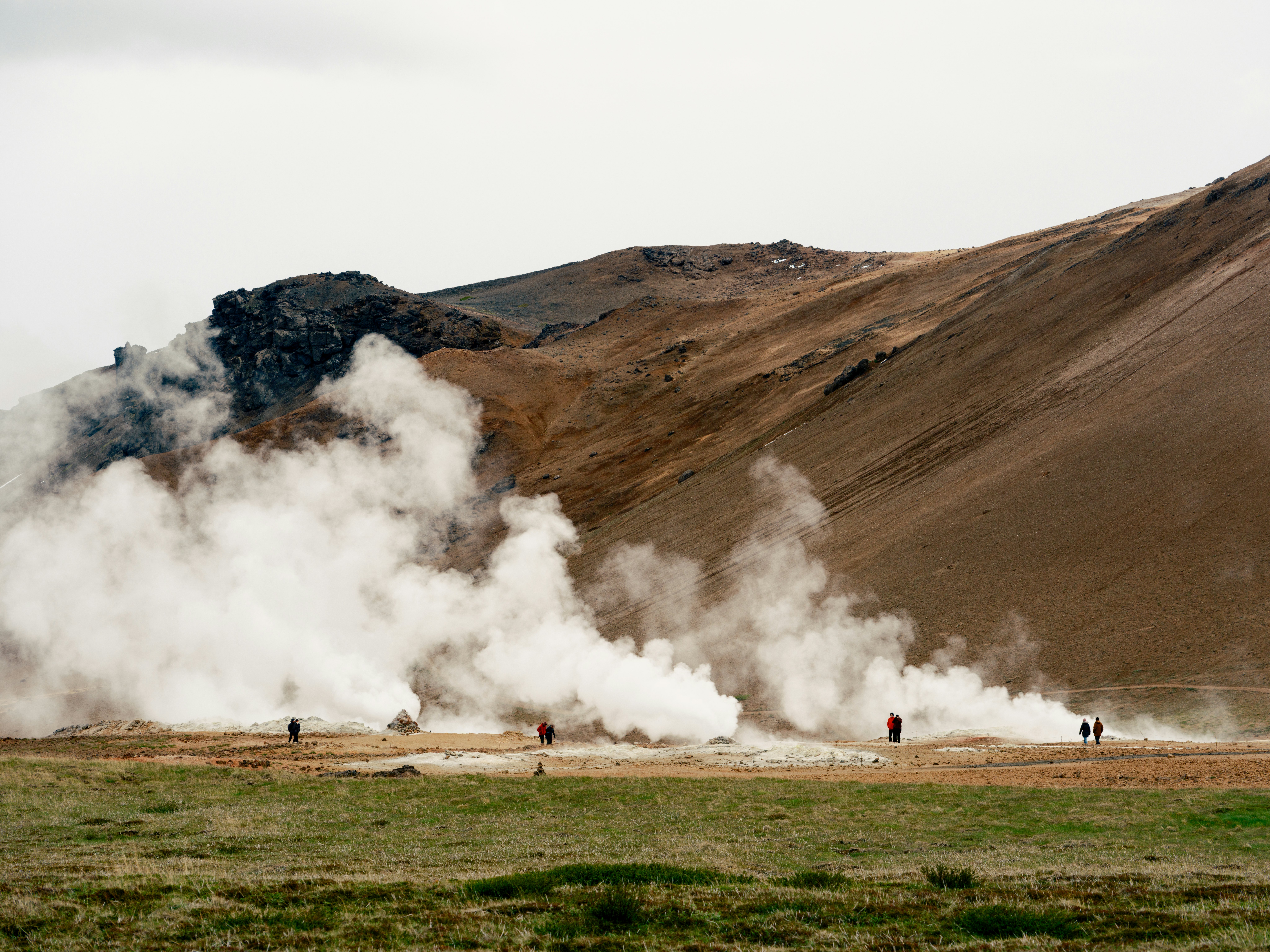
13. Enjoy nature for free
Wherever you’re based, pay attention to the surrounding nature. Stroll the nearest beach, hike the nearest mountain, find the nearest forest (see Wapp for trails). When in doubt, ask the locals. In the capital area, Úlfarsfell, Heiðmörk or Grótta are many people’s favorite spots. In Akureyri, they might mention Kjarnaskógur or Krossanesborgir. In Egilsstaðir, Selskógur would likely come up. Iceland may be pricey, but the fresh air, birdsong, rustling of leaves, crashing of waves, mountain views and the connection with nature are priceless.
14. Compare flights to buses
The 6.5-hour bus from Reykjavík to Akureyri costs 12,540kr (US$104) one way. If you’re lucky, you can get a plane ticket for less (see Icelandair), and the flight takes 40 minutes – though you'll miss out on a road trip experience and sightseeing out the window. If you’re planning a lot of excursions, it might make sense to rent a car or even join a tour. A lot of people also take advantage of carpooling.
















